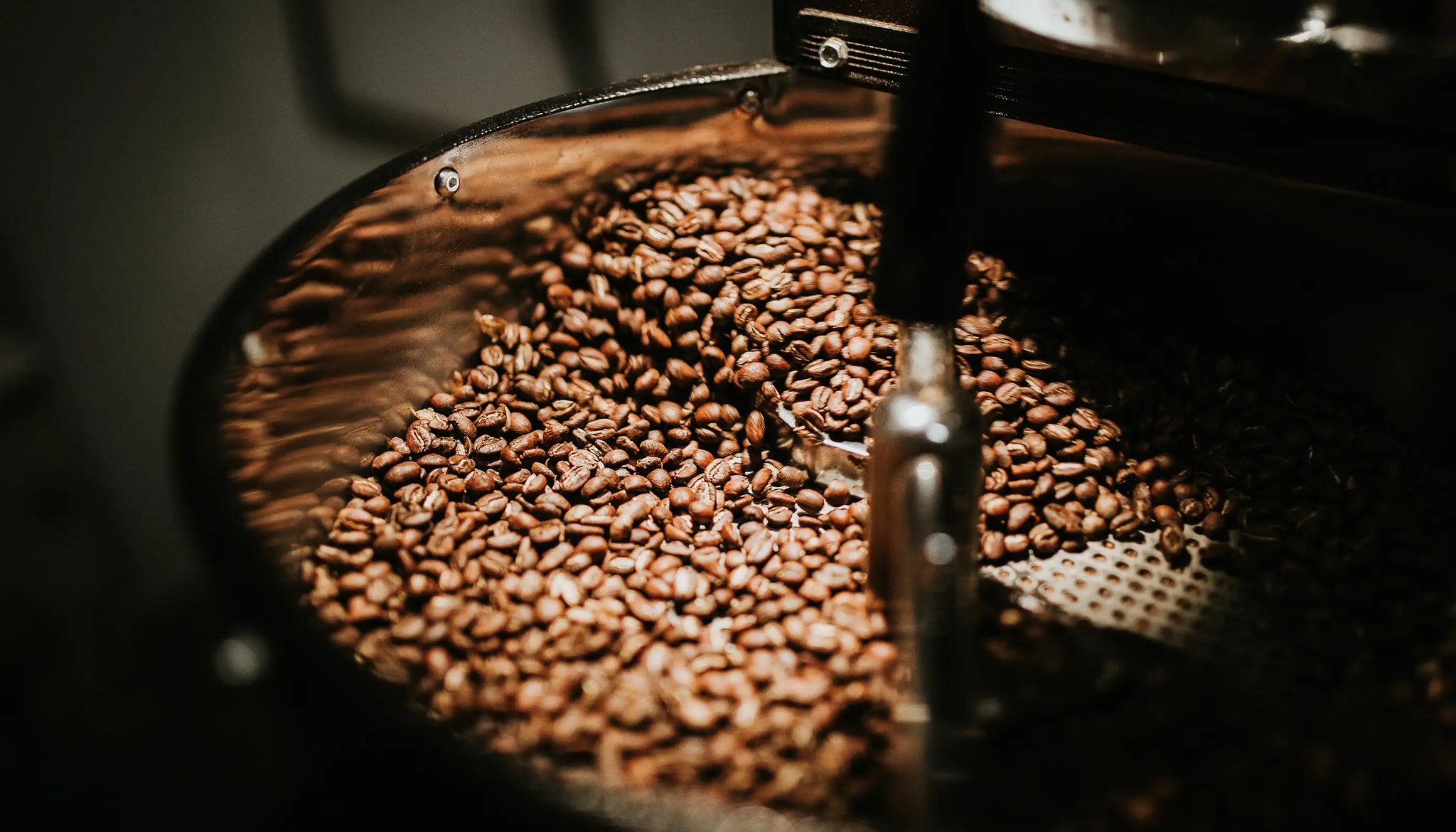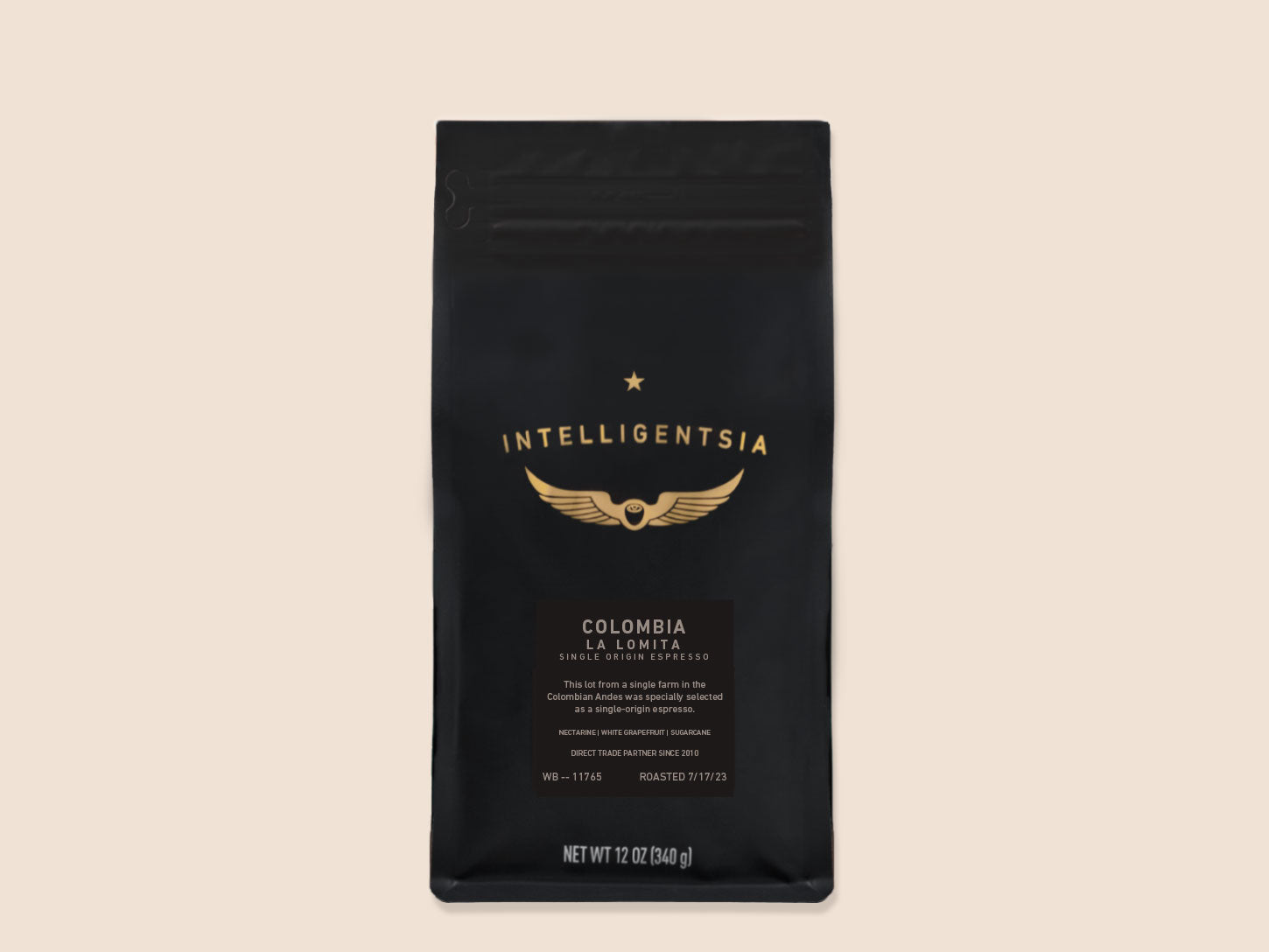Coffee Beans 101: Everything You Need to Learn About Espresso and Blended Coffee Beans
When it involves coffee, comprehending the subtleties of espresso and mixed beans can change your daily cup. You'll uncover the distinct characteristics of Arabica and Robusta beans, and exactly how each influences taste and high levels of caffeine content. From the growing procedure to roasting methods, every action plays a function in your coffee experience. What makes the perfect mixture? Allow's explore the essential aspects that add to an outstanding mug of coffee.
Comprehending Coffee Beans: Kinds and Varieties
When diving into the globe of coffee, understanding the kinds and selections of coffee beans is important for every single enthusiast. You'll mostly run into two main species: Arabica and Robusta. Arabica beans are understood for their smooth, complicated tastes and reduced high levels of caffeine material, making them a preferred among coffee enthusiasts. On the other hand, Robusta beans pack a strike with a stronger, extra bitter taste and greater caffeine degrees, often used in coffee blends.
Ethiopian Yirgacheffe supplies brilliant floral notes, while Colombian beans supply a healthy flavor account. By acquainting yourself with these beans and their tastes, you'll raise your coffee experience and make even more educated choices in your brewing trip.
The Growing Refine: From Seed to Bean
When you explore the trip of coffee, it all begins with seed selection methods that set the foundation for quality. From there, farming and gathering play necessary functions in ensuring the beans prosper. Finally, handling techniques transform those gathered cherries into the coffee beans you like.
Seed Option Strategies
Choosing the ideal seeds is important for creating premium coffee beans, as it lays the structure for the whole expanding process. You ought to start by choosing seeds from reputable sources that focus on quality and genetic diversity. Seek ranges known to grow in your particular environment and dirt problems. Focus on the seed's age and storage problems, as fresh seeds tend to sprout much better. When feasible, choose natural seeds to decrease exposure to harmful chemicals. Think about the disease resistance of various selections, as this can greatly affect your return. Finally, do not think twice to seek advice from with regional farmers or professionals to obtain insights into the very best seed choices for your region. This understanding will improve your coffee-growing experience.
Farming and Harvesting
As you support your coffee seeds right into prospering plants, understanding the growing and harvesting procedure is essential for achieving the ideal taste and high quality. Start by growing your seeds in well-draining soil, preferably in a shaded location to safeguard them from direct sunshine.
When it comes time to harvest, try to find ripe cherries, which normally transform a vivid red. Hand-picking is often the very best method to guarantee just the ripest cherries are selected. Timing is essential; collecting as well late or too early can impact the flavor account of your beans. Embrace patience and care, as this is where high quality starts.

Processing Techniques Clarified
As soon as you have actually gathered your coffee cherries, the next crucial action is processing them to change those dynamic fruits right into the beans you'll make. In the dry procedure, you spread out the cherries out in the sun to dry, allowing the fruit to ferment and give special tastes to the beans. Recognizing these approaches is crucial to appreciating your coffee experience.
Roasting Techniques: Exactly How Flavor Is Established
When it concerns toasting coffee beans, understanding roast degrees is vital to disclosing their unique tastes. Each roasting strategy influences the aroma and enhances the taste development procedure, offering you a richer coffee experience. Let's check out exactly how these factors integrated to raise your daily brew.
Roast Levels Clarified
Roast degrees play a vital role in forming the flavor profile of your coffee. You'll enjoy brilliant level of acidity and fruity notes when you select a light roast. As you relocate to a tool roast, you'll discover an equilibrium of sweet taste and complexity, typically highlighting chocolate or sugar flavors. Dark roasts, on the various other hand, supply vibrant, great smoky qualities with much less level of acidity, making them abundant and robust. Each level arises from various roasting times and temperature levels, affecting the beans' chemical composition. By comprehending these levels, you can much better choose a coffee that matches your taste preferences. Trying out different roasts to find which one reverberates with you, boosting your general coffee experience and enjoyment.
Effect On Aroma
The roast degree not only influences the taste of your coffee however likewise significantly affects its fragrance. When you choose a light roast, you'll often notice intense, flower notes that can make your coffee odor fresh and dynamic. As the beans darken, the fragrance shifts; a medium roast draws out a lot more well balanced, caramelized aromas, while a dark roast often tends to feature strong, smoky undertones. Each toasting technique releases different volatile compounds, forming just how your coffee smells. Additionally, the quality of the beans plays an essential duty; newly roasted coffee launches much more fragrant oils, improving that attracting fragrance. Pay attention to the roast level-- it's essential to disclosing the full aromatic experience of your brew.
Flavor Growth Process
As you explore the flavor advancement process, you'll find that toasting strategies play a critical duty click this in forming the taste profile of your coffee. The roasting temperature level and time directly affect the acidity, sweetness, and anger of the beans. Light roasts keep even more of the bean's original tastes, highlighting fruity and floral notes.
Coffee vs. Blended Coffee: Key Differences
Espresso and blended coffee each offer distinct experiences that accommodate different preferences and preferences. Espresso is a concentrated coffee brewed by forcing warm water with finely-ground coffee beans, resulting in an abundant, bold flavor and a velvety layer of crema on the top. It's frequently delighted in as a shot or utilized as a base for drinks like coffees and lattes.
On the other hand, combined coffee integrates numerous beans from different regions, producing a more well balanced flavor account. You'll commonly find blends that highlight acidity, body, or sweet taste, making them versatile for different brewing methods. While coffee focuses on intensity, blended coffee may provide a broader array of tastes that can transform with each sip.
Eventually, your selection between coffee and blended coffee come down to your personal choice. Whether you long for a quick shock or a leisurely mug, both alternatives have something delicious to use.

Brewing Approaches: Opening the Perfect Mug
When it comes to developing coffee, locating the right approach can transform your experience and elevate your mug. Each brewing method has its distinct appeal and can significantly impact your coffee's taste and scent. Using a French press allows you to enjoy a full-bodied and rich brew, while a pour-over approach offers a tidy, intense cup with unique tastes.
If you favor espresso, buying a top quality machine can help you understand the art of drawing shots. For benefit, a single-serve capsule system uses speed without compromising taste.
Do not fail to remember about cool brew, which delivers a smooth, much less acidic coffee ideal have a peek at these guys for hot days. Experiment with various methods to uncover what resonates with your palate.
Tasting Notes: Determining Taste Profiles
Exactly how can you genuinely value your coffee if you do not understand what tastes to look for? Tasting notes are your overview to comprehending the complex world of coffee. Pay focus to the first tastes that hit your taste buds when you sip. You may identify fruity notes, like berry or citrus, or probably a nutty touch. As you proceed to taste, see just how the tastes evolve-- this is referred to as the "surface." Some coffees may leave a chocolatey or caramel aftertaste, while others may have a brilliant, clean coating.
Take into consideration the body of the coffee, also; is it light and see this website airy or thick and syrupy? Don't fail to remember level of acidity; a bright level of acidity can include life, while a reduced level of acidity may offer a smoother experience. By recognizing these flavor profiles, you'll grow your link with each mug, making coffee tasting a delightful trip of exploration.

Tips for Selecting and Storing Coffee Beans
Keeping and selecting coffee beans properly can significantly improve your developing experience. Beginning by picking premium beans that suit your preference. Look for freshness; beans baked within the last two weeks are optimal. Check the roast date on the packaging, and purchase from reputable roasters or local stores.
As soon as you have your beans, save them in an impermeable container to prevent exposure to dampness, air, and light. A dark, amazing location functions best, so avoid maintaining them in the refrigerator or freezer, as this can introduce wetness. Only grind the amount you require to maintain quality; whole beans preserve flavor longer than pre-ground coffee.
Lastly, try to utilize your beans within two to 4 weeks after opening for peak preference. Following these ideas will certainly guarantee your coffee stays delightful and tasty, boosting your everyday mixture to new heights.
Regularly Asked Inquiries
For How Long Do Coffee Beans Keep Fresh After Roasting?
Coffee beans remain fresh for regarding 2 weeks after toasting - SOE. You need to keep them in an airtight container, far from light and dampness. After that, their taste and fragrance start to diminish significantly

Can I Mix Different Coffee Bean Varieties?
Definitely, you can mix different coffee bean ranges! Experimenting with blends can enhance tastes and produce a special preference profile. Just make certain to balance the staminas and characteristics of each variety for the very best outcomes.
What Is the Suitable Work Dimension for Coffee?
For coffee, you'll desire a fine grind dimension, about the structure of common salt. This allows optimal extraction, leading to an abundant, tasty shot. Experiment a bit to discover what fits your taste best!
Exactly How Does Elevation Affect Coffee Bean Flavor?
Elevation influences coffee bean taste by affecting the growth rate and chemical structure. Greater elevations result in slower growth, which boosts level of acidity and intricacy, giving your coffee a one-of-a-kind and lively taste you will not fail to remember.
Exist Decaffeinated Versions of Espresso Beans?
Yes, there are decaffeinated variations of espresso beans. You can enjoy an abundant espresso taste without the high levels of caffeine kick. Just seek "decaf" blends at your neighborhood cafe or specialized store.
Coffee Beans 101: Everything You Required to Know About Coffee and Blended Coffee Beans.
When diving into the world of coffee, recognizing the types and ranges of coffee beans is necessary for every fanatic.When it comes to roasting coffee beans, recognizing roast levels is crucial to disclosing their special flavors. Espresso is a focused coffee made by requiring hot water through finely-ground coffee beans, resulting in a rich, bold flavor and a luscious layer of crema on top.On the other hand, combined coffee integrates numerous beans from different areas, producing a much more balanced flavor profile.
Comments on “Explore the Distinctive Flavor Profile of SOE Single Origin Espresso Today”